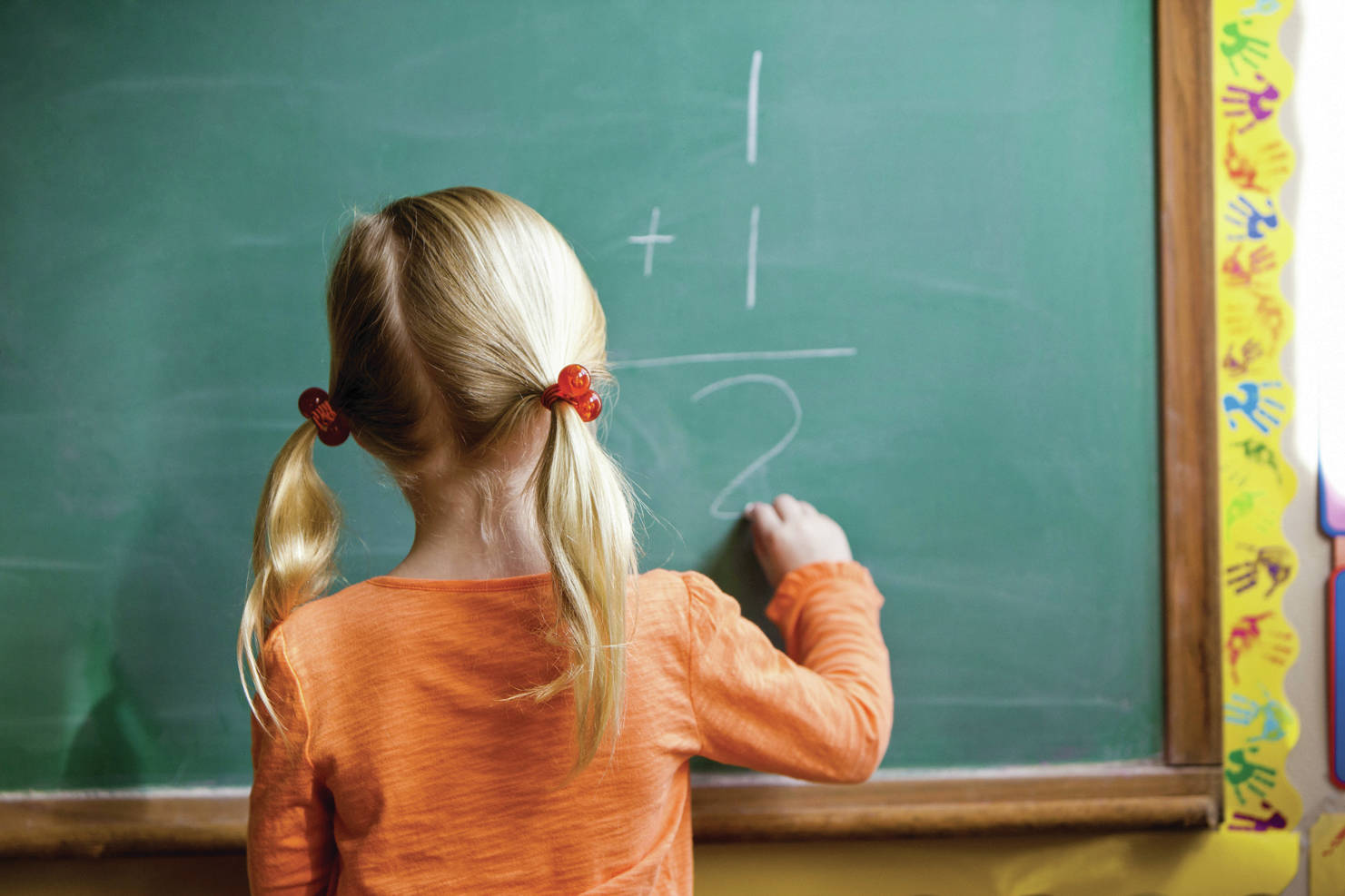ONE OUT OF THREE Alaska- born second graders have had at least one report of harm to child protection made because of safety concerns, and TWO OUT OF THREE Alaska adults report experiencing at least one Adverse Childhood Experience (including abuse, neglect, or household dysfunction) before age 18.
These statistics, reported by the Alaska Department of Health and Social Services, have profound ramifications for Alaska schools. Researchers’ scientific findings from studying the brain and stress response system show that exposures to traumatic events can significantly impact a student’s ability to learn and be healthy.
While the facts about Alaskans’ exposure to trauma are grim, research also shows that there are proven remedies to counteract an overly stressful childhood. Alaska and national research indicate that specific skills taught to students can counteract the impact of trauma and change short- and long-term harmful outcomes. So, there is hope.
Areas of the brain related to language and memory are impacted by high exposure to stress and trauma. Also, high stress impacts the ability to manage our emotions and keep working on a job even when things get tough. These crucial self-discipline skills are essential factors for leading successful lives.
School districts and early educators are incorporating this knowledge into the way they teach our children. They’re building on research by Nobel Prize-winning economist Dr. James Heckman, which shows that investment in quality programs to support parents of young children can be very cost effective. He reports a 13% annual return on these investments, with savings coming from increased income, reduced crime, and better health.
Dr. Heckman also states that self-discipline skills essential to success, often called social-emotional skills, can be taught. These skills make a significant difference in academics and later success. Employers agree.
Students learn social-emotional skills through strong relationships with adults. School staff members are often the ones who step forward when other adults in a child’s life cannot. For many young Alaskans, this connection is the key to academic and social success.
A recent study produced for the Association of Alaska School Boards using School Climate and Connectedness Survey results showed that whether or not students and staff “felt safe” at school was a big predictor of student academic success. This sense of safety can account for up to 25% of language test scores. That level of impact on academic learning cannot be ignored.
In a statewide survey conducted last January, Alaskans clearly stated that investment in K-12 public education is a top priority for government spending. Summary of survey results: https://aasb.org/2019-public-school-survey/
In response, our organizations have increased efforts to work collaboratively with policymakers and communities to ensure that students feel safe in their schools and communities, and have access to needed services. We’re committed to addressing issues crucial to student success by offering supports like:
Transforming Schools: A Framework for Trauma-Engaged Practice in Alaska resource manual for districts and communities available from the Association of Alaska School Boards, aasb.org
Trauma-Informed Practices professional development for educators through the Alaska Staff Development Network, asdn.org
Ed Connector interactive online portal of educational resources and research from the Coalition for Education Equity, ceequity.org
The critical work of K-12 and early childhood education cannot continue without sufficient, sustainable state funds. As the session nears its end, we urge Alaskans to support your family, friends, and neighbors who educate and care for the state’s 187,000 youth by encouraging legislators to defend education funding.
Each day, Alaska’s educators invest their time and energy in our children and their future. We owe it to them to invest in it too.
This column is a collaboration by executive directors of the Association of Alaska School Boards (AASB), the Alaska Council of School Administrators (ACSA), and the Coalition for Education Equity (CEE).
* By Norm Wooten, AASB Executive Director; Sarah Sledge, CEE Executive Director; Dr. Lisa Skiles Parady, ACSA Executive Director

